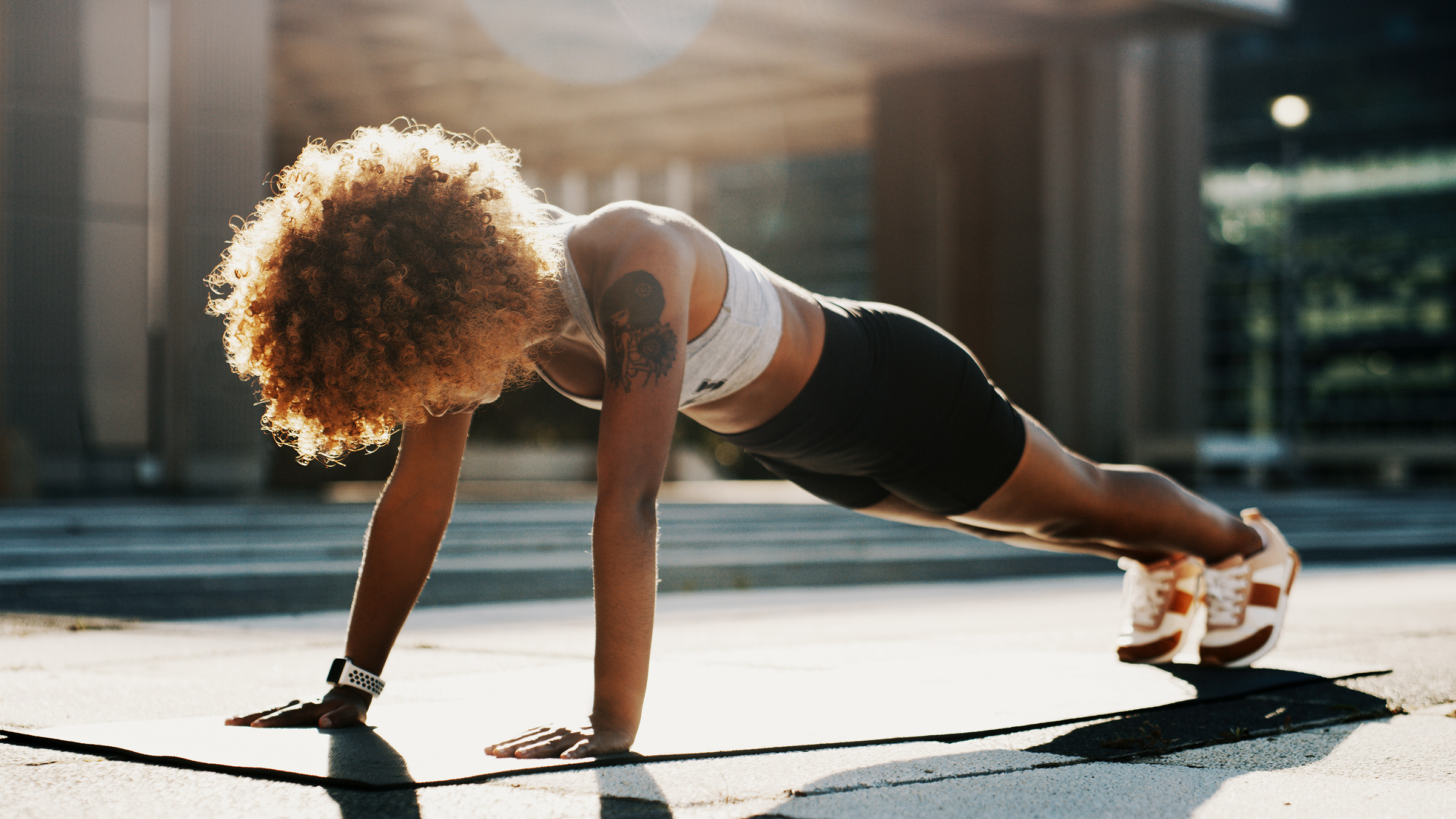The ability to perform a certain number of push-ups has emerged as a valuable indicator of cardiovascular health, much like the balance test known as the “flamingo test” which is used to assess brain health. A 2019 study published in JAMA Network highlighted a significant correlation between push-up performance and heart disease risk, showing that men who could complete 40 push-ups were 96% less likely to develop heart conditions compared to those who struggled to do 10.
This finding suggests that push-ups may serve as a practical and objective tool for evaluating functional capacity and cardiovascular health, although the study primarily focused on men and the results may differ for women.
Understanding how many push-ups individuals should aim for at various ages can help assess fitness levels. The Mayo Clinic has provided benchmarks for push-up repetitions categorized by age and gender. For example, a “good” number of push-ups for a 25-year-old woman is 20, while a man of the same age should aim for 28. These numbers decrease with age, with women at age 65 maintaining 10 push-ups and men also aiming for 10. These targets can provide a useful guideline for maintaining a healthy level of fitness as one age.

Performing push-ups correctly is crucial for reaping their benefits and avoiding injury. The Mayo Clinic outlines the proper technique: start by lying face down with elbows bent and palms positioned beside the shoulders. To maintain a straight back, one should push up until the arms are fully extended and then lower the body until the chin nearly touches the ground. For those new to push-ups or struggling, it’s advised to modify the exercise by keeping knees on the ground or using other variations.
For beginners or those who find traditional push-ups challenging, several modified versions can help build strength and confidence. “Couch push-ups,” where hands are placed on a raised surface like a sofa, and “wall push-ups,” which involve pushing against a vertical surface, offer lower resistance alternatives. These modifications allow individuals to develop their upper body strength gradually, making push-ups more accessible for all fitness levels.
It’s important to remember that push-ups are just one metric of physical fitness and should be part of a broader exercise regimen. Individuals with existing health concerns or those who experience discomfort while exercising should consult with a healthcare professional before continuing or starting a new fitness routine. By incorporating push-ups into a varied workout plan, individuals can take proactive steps toward improving their cardiovascular health and overall fitness as they age.
